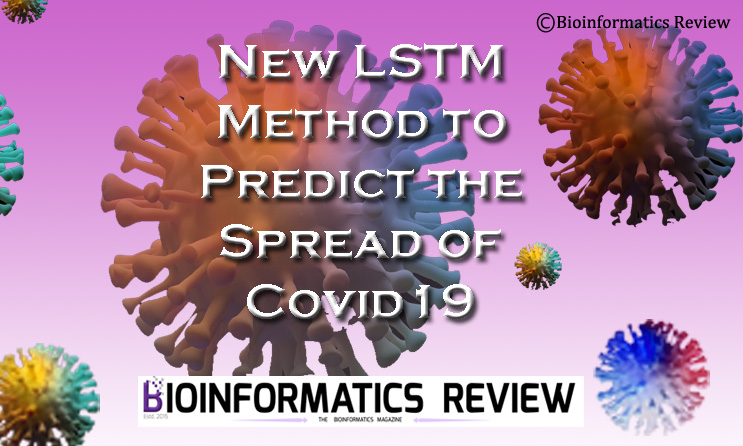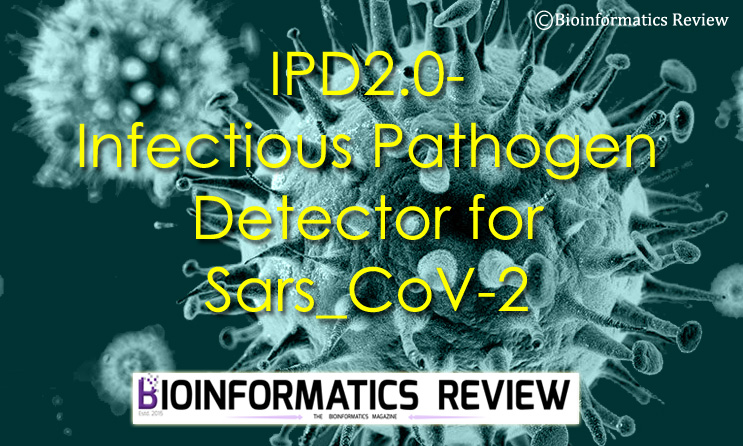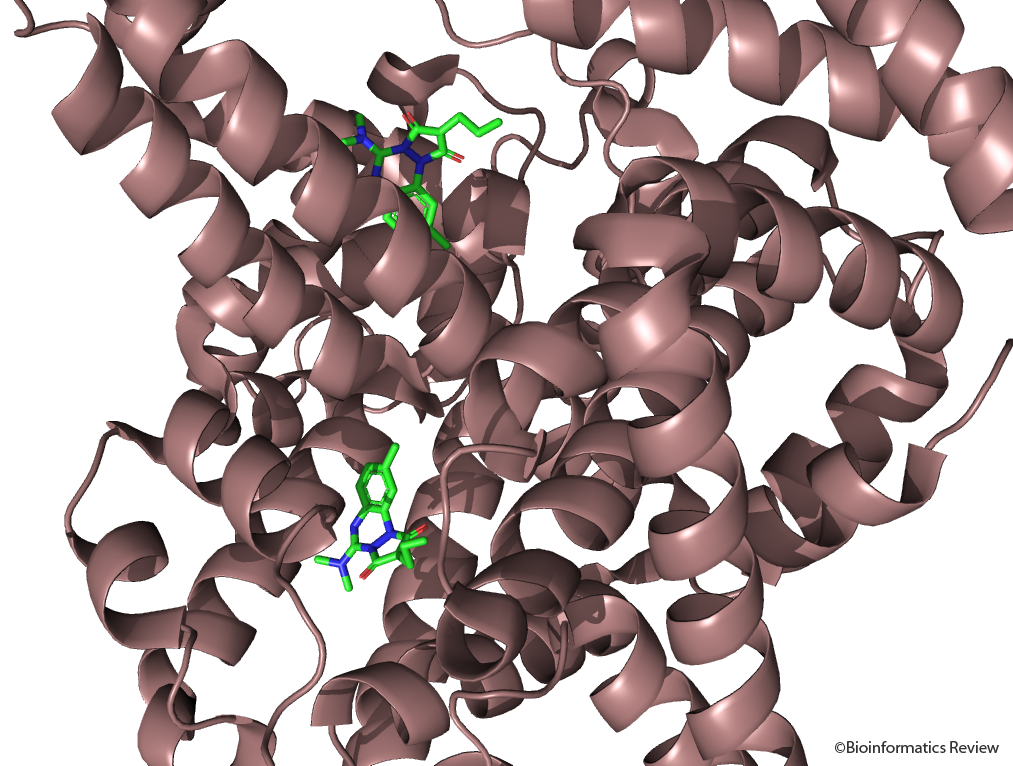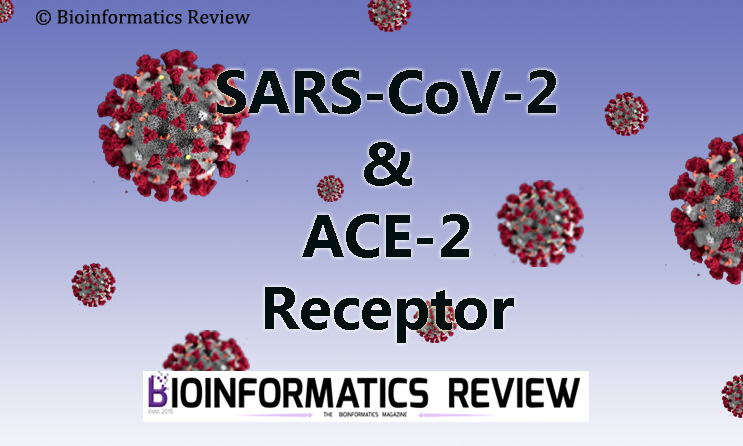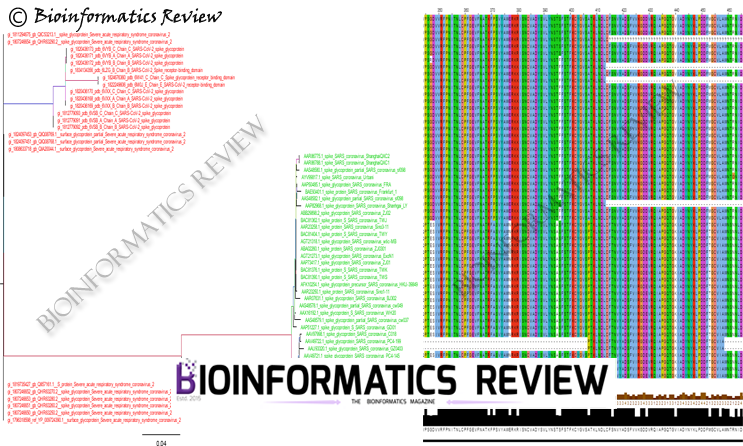As covid19 has posed a major threat to human health and the economy, it is necessary to take appropriate measures to control the pandemic. A long short-term memory (LSTM) network method has been proposed to forecast the spread of covid19 [1].
This method is proposed based on data obtained from New Zealand country, as it is the first country that has been able to completely contain the spread of covid19 and bring the daily cases to zero. This model is capable of predicting the estimated dates within which the spread of covid19 can be contained. The model was able to correctly predict the dates within which the spread of covid19 was contained in New Zealand.
It is based on a deep-learning approach that is a recurrent neural network with an LSTM layer. This network uses the information from the past using its memory cell that contains a memory gate, input gate, and a forget gate. In this network, there is a sequence input layer that is used to provide time-series input to the network. After that, there is an LSTM layer consisting of 150 hidden units that are determined experimentally. This layer predicts the future value at the next time step. This layer is followed by a fully connected layer and a regression layer at the output [1].
This model was tested on New Zealand data and predicted the containment of the spread of covid19 between 25th April and 15th May. As compared with the facts, New Zealand recorded its first zero cases on 13th May.
For more details, read here.
References
- Kumar, S., Sharma, R., Tsunoda, T. et al. (2021). Forecasting the spread of COVID-19 using LSTM network. BMC Bioinformatics 22, 316.

